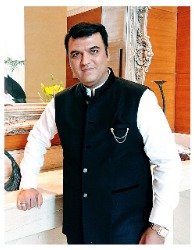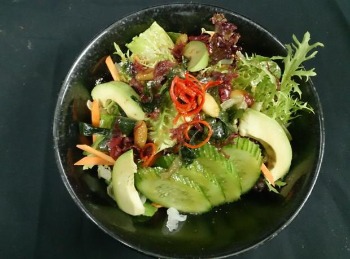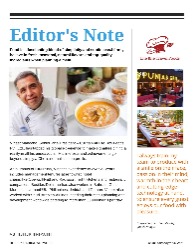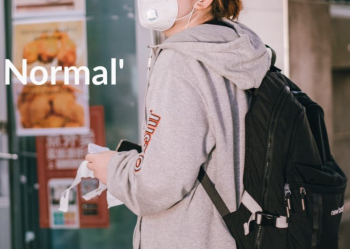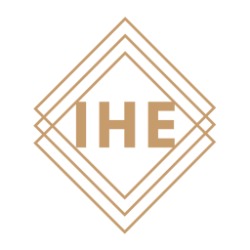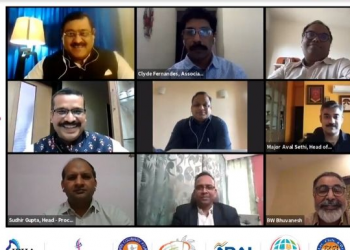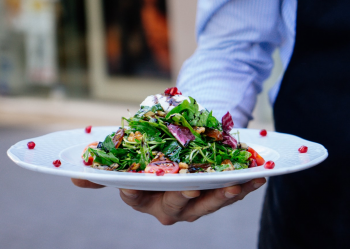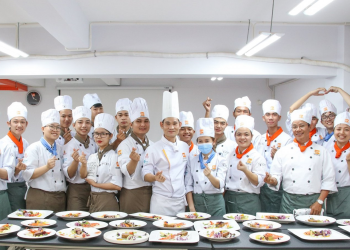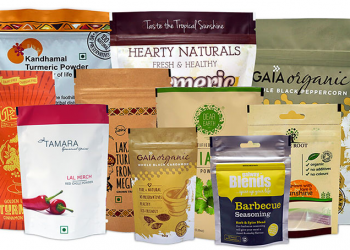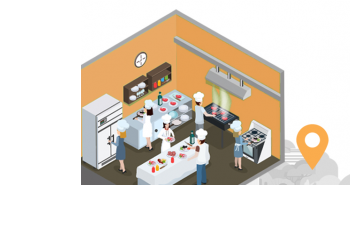Distribution 4.0 - Reimagining FMCG Distribution for 2030
While modern trade continues to be a big retail channel for selling FMCG products, it is also emerging as a major competitor to FMCG distribution
So, what could FMCG companies do as they plan for the next decade? If we fast forward to 2030, the overall retail in India is expected to double to $1.5 trillion from today’s $700bn, and while it is difficult to predict how large each retail channel will be, we can expect GT’s share in overall retail, though still dominant, to come down to 50% (from today’s 85-90%). In addition, many of GT/Kiranas in Metros and Tier 1 & 2 cities are expected to upgrade to look and feel more like MT, a trend that is already prevelant. MT will continue to grow and could have a share of 25-30% by 2030, driven by its expansion into Tier 1, 2 and 3 cities with different formats and sizes. E-comm could easily account for 15-20% of total retail by 2030 (our research shows that it accounts for almost 50% of retail in China today) driven by higher smartphone and internet penetration, growth of digital & mobile payments, and expanding logistics infrastructure.
So, given these changes in retail, how should FMCG companies plan their distribution for 2030. Two scenarios are likely to emerge:
Scenario one - with the distributor community shrinking, and the need for scale, technology, higher margins, speed, along with a need for better trained sales force, many brands are likely to move to larger distributors who have a multi-state or even national footprint. This is similar to what has happened in other developing countries, as well as in categories like aerated beverages market in India, where there are one or two distributors covering the entire market. This will shift the balance of power between brands and distributors, and is likely to call for a strategic partnership between them, with more negotiated Terms of Trade, Joint Business Planning, etc, to drive scale.
The second scenario, which is more likely, will be the game changer. It will require FMCG companies to give up the ownership of the distribution model, and partner with multiple players for the best market coverage between urban and rural markets, focusing their own efforts on marketing, branding and in-store merchandising to create best-in-class shopper experience ( “retailtainment”). In this scenario, they are likely to partner with aggregators, e-comm delivery companies, rural distribution companies, and distribution arms of modern trade to drive coverage.
Aggregators present a one-stop-solution for GT/Kiranas, by not only providing the entire basket of products, but also enabling them through sales training, technology (they provide them with Apps and Tablets to order online every day, doing away with the need for sales people), credit terms and financing options, and even investment to improve in-store merchandising and look & feel of the store. This is likely to make the day-to-day lives of the Kirana owners much simpler, as they can focus their time on selling, rather than having to deal with hundreds of salespeople for orders, payments, new product listings, inventory management.
While modern trade continues to be a big retail channel for selling FMCG products, it is also emerging as a major competitor to FMCG distribution, as most large B2B retailers have established their own sales and distribution networks to sell into General Trade/Kiranas, Horeca, Supermarkets, etc. This is starting to cause a major channel conflict between traditional Distributors and MT distribution arms, and while brands may benefit in the short term due to increased sales, the long-term impact is expected to further disrupt the distribution network. In addition, MT’s growing strength of distributing to the GT channel is likely to also allow them to sell more of their private label products through that channel, directly competing with established FMCG brands and creating a bigger fight for shelf space in GT.
Even though this may seem disruptive, it is likely to emerge as the most efficient model in the coming years, where disaggregation will lead to “disowning” a large of the distribution network, and lead to partnering with regional and national players to enable the most efficient and lowest ‘cost to serve’ distribution model for FMCG brands across all channels. This will allow brands to focus on creating the ‘pull’ and in-store customer/shopper experience (In China, approx. 25% of FMCG business is distributed by Aggregators) that consumers will demand in 2030, and let the partners do the distribution.
Source - Brand Equity
Let us know your thoughts about this topic
Your email address will not be published. Required fields are marked *
0 Comments
We have no comments yet... Take the initiative and post your views, we love to hear from you


